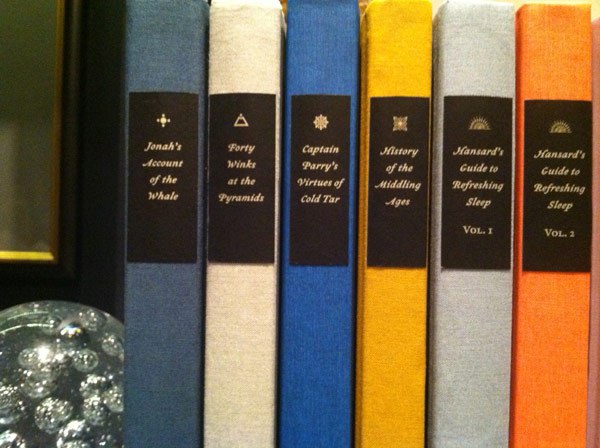When writer, politician, and BBC radio and television personality Melvyn Bragg began his long-running radio program In Our Time, which brings academics together to discuss philosophy, history, science, religion, and culture, he didn’t think the show would last very long: “Six months,” he told The Scotsman in 2009, “but I’ll have a go.” Now, seventeen years after the show began in 1998, In Our Time is going strong, with millions of listeners from around the world who tune in on the radio, or download the In Our Time podcast. Though it’s easy to despair when faced with the onslaught of mass media devoted to triviality and sensationalism, Bragg has shown there’s still a sizable audience that cares about thoughtful engagement with matters of import, and in particular that cares about philosophy.
Though the subject takes a beating these days, especially in unfavorable comparisons to the hard sciences, the concerns articulated by philosophers over the centuries still inform our views of ethics, language, politics, and human existence writ large. In Our Time’s philosophy programs follow the same format as the show’s other topics—in Bragg’s words, he gets “three absolutely top-class academics to discuss one subject and explore as deeply as time allow[s].” In this case, the “subject,” is often a proper name, like Simone Weil, David Hume, Albert Camus, Simone de Beauvoir or Socrates.
The show just as often tackles philosophical movements like Skepticism, Neoplatonism, or The Frankfurt School, that aren’t associated with only one thinker; likewise, Bragg and his guests have devoted their discussions to longstanding philosophical problems, like the existence of Free Will, and historical developments, like the Continental-Analytic Split in Western philosophy.
Though there is certainly no shortage of high quality resources for people who wish to learn more about philosophy—such as the many free courses, podcasts, and lectures we’ve featured on this site—few are as immediately accessible as In Our Time’s philosophy discussions. Bragg describes his preparation for each show as “swotting”—or cramming. He’s not an expert, but he’s knowledgeable enough to ask pertinent questions of his guests, who then go on to educate him, and the listeners, for the almost hour-long conversation. Hear how well the approach works in the In Our Time philosophy programs featured here. At the top, Bragg discusses the philosophy and activism of Bertrand Russell with academic philosophers A.C. Grayling, Mike Beaney, and Hilary Greaves. Below that, he talks Kierkegaard with Jonathan Ree, Clare Carlisle, and John Lippitt. Just above, hear Bragg discuss Jean-Paul Sartre with Jonathan Rée, Benedict O’Donohoe, and Christina Howells. Finally, below, hear his conversation on Karl Marx with Anthony Grayling, Francis Wheen, and Stedman Jones.
These four examples are but a small sampling of the many compelling In Our Time philosophy discussions. Explore, stream, and download dozens more at the BBC Radio 4 site or hear them on Youtube and iTunes here. And if any these conversations whet your appetite for more, then head over to our expansive archive of Free Philosophy Courses, and Free Philosophy eBooks.
Related Content:
Learn The History of Philosophy in 197 Podcasts (With More to Come)
Download 100 Free Philosophy Courses and Start Living the Examined Life
Take First-Class Philosophy Courses Anywhere with Free Oxford Podcasts
Josh Jones is a writer and musician based in Durham, NC. Follow him at @jdmagness



